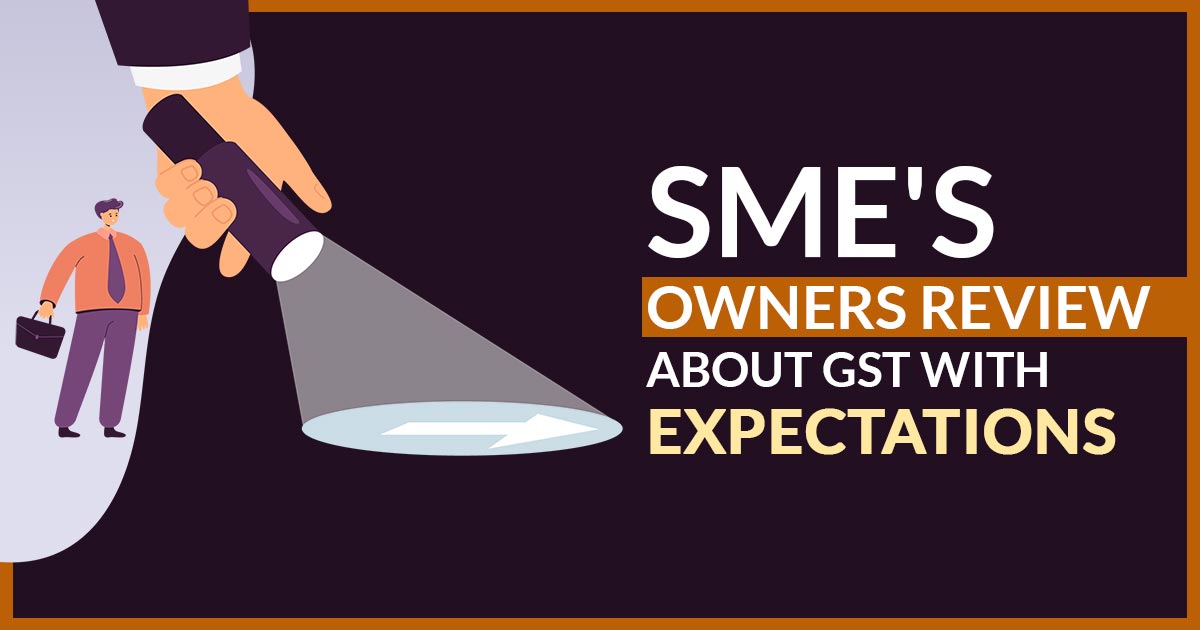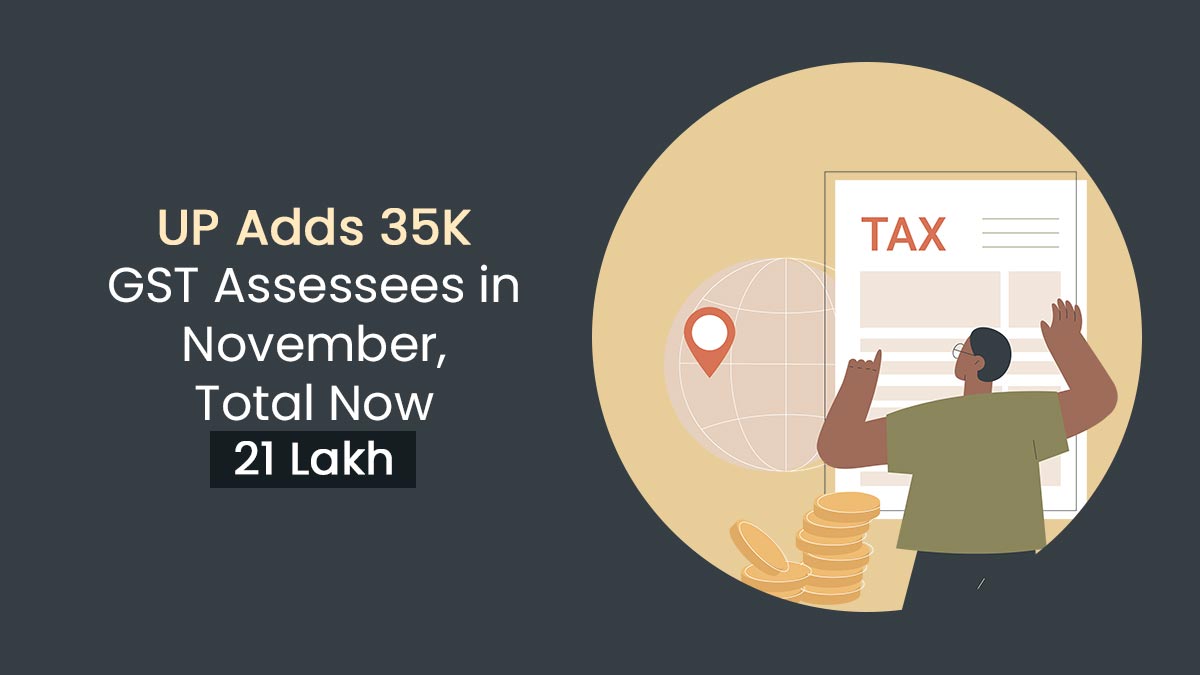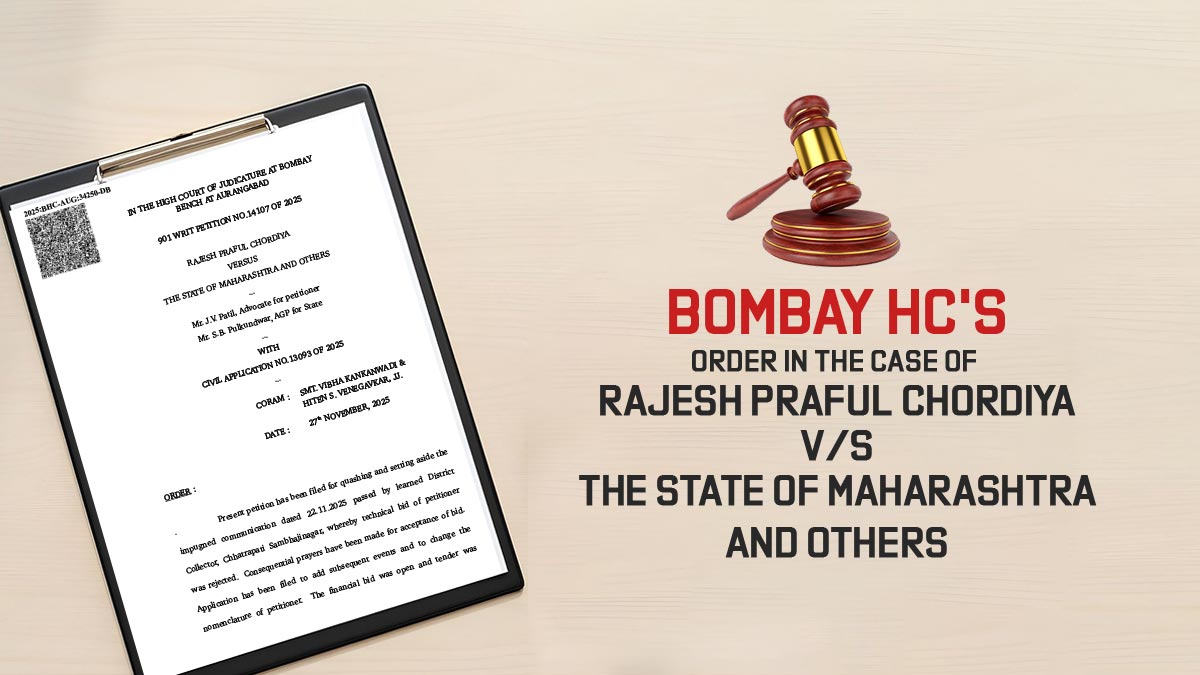
The execution of the GST in 2017 directed to the uniform tax rates in the country, problems along with that lower tax rates, and simple compliance of the tax filings are being required to be handled to strengthen the platform.
“Compliance framework for service providers is very complex requiring two returns to be filed every month in every state where they have operations despite all operations being under the same legal entity,” a tax expert mentioned.
“Input tax credit depends on the vendor’s payment of GST over which the buyer has little control. Also, matching data on the GST portal with financial records is quite complex, especially for smaller businesses,” he specified.
Business Owners Perspective
GST has supported expanding the business network said the owner of different businesses.
The owner of Shilpa furniture Manoj Munot has three outlets in Jalgaon, Maharashtra, specified that the tax issues he is suffering before the GST regime have diminished.
“GST is good for businesses, but the tax percentage charged for various items as per the HSN (Harmonized System of Nomenclature Code), should be practical. It should not be intolerable, and rates should be reduced by 50 per cent,” Munot articulated.
“If the tax rate is 18 per cent, then throughout the country it is 18 per cent. If it is out of my state, then I have to mention 18 per cent on my tax invoice. If it is within Maharashtra, I have to mention a 9 per cent tax to the state and central governments each. It is never like if I want to do business in Tamil Nadu, then I will be charged an extra 1 per cent or 2 per cent tax.”
An 18% GST would be applicable on the furniture a second highest GST slab, he added that the furniture should be acknowledged as a daily essential item.
A tax expert specified that the GST compliance has developed with time “Earlier, the applicability of GST was not easy for the government as well as for users. As a professional, I went through with so many difficulties at the initial stages of implementation like lengthy registration procedures and other problems in filing different tax returns,”
GST for Numbers
Rs 1.40 lakh cr would be the total GST revenue in the month of May which is a 44% increase on a year on year grounds, according to the Union Finance Ministry data. For the third straight month, the collection stood up at Rs 1.40 lakh cr or exceeding that, showing the higher taxes.
Nearly 90% of the industry leaders voted for the GST amendments that happen over time.
Towards the GST regime, 59% of the Business leaders have a positive view of the current GST package, 31% are voted neutral, and the rest 10% pose a negative GST experience.
“As we complete half a decade since the implementation of GST, measures to unlock working capital blockage seems to be on top of the list of asks of leaders… GST continues to carry vestiges of the erstwhile regime in terms of credit restrictions… A majority of the leaders feel that removing restrictions of the input tax credit will contribute to their sectors’ growth,” the survey articulated.









